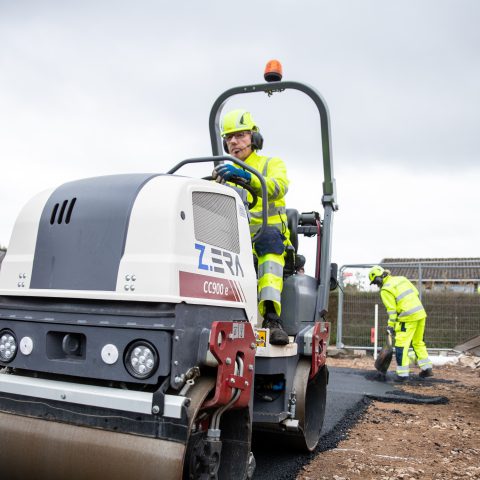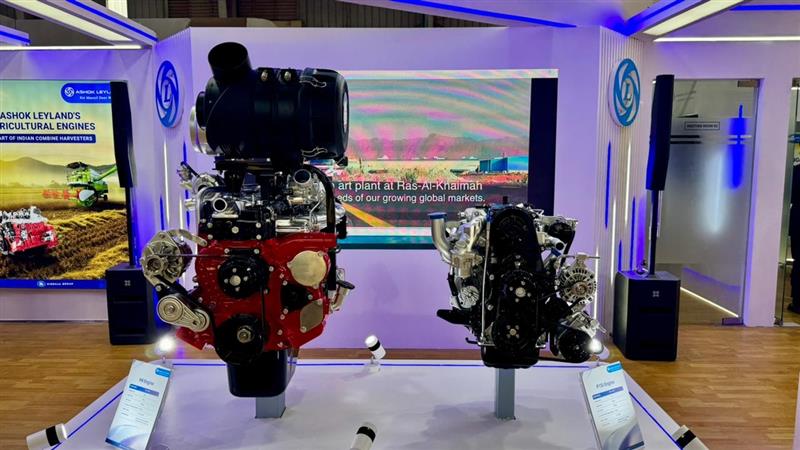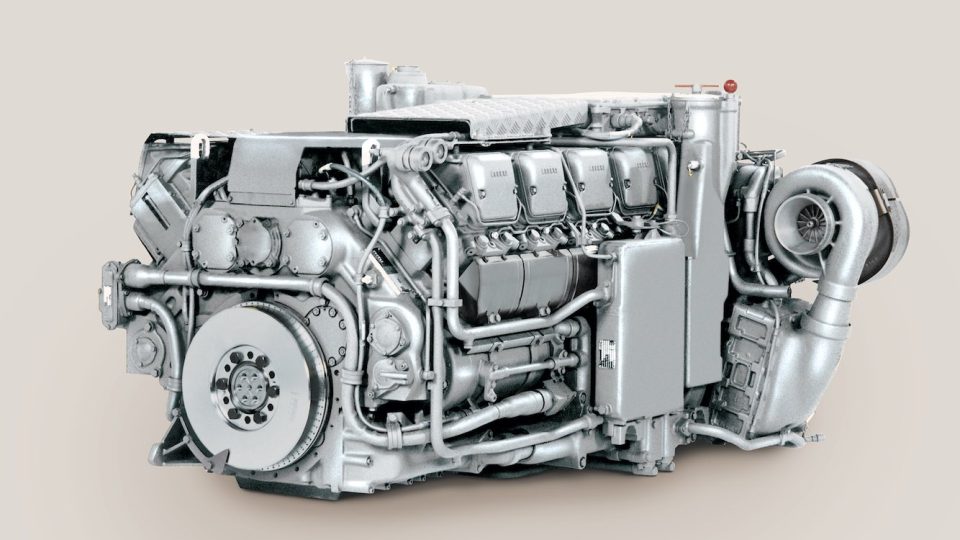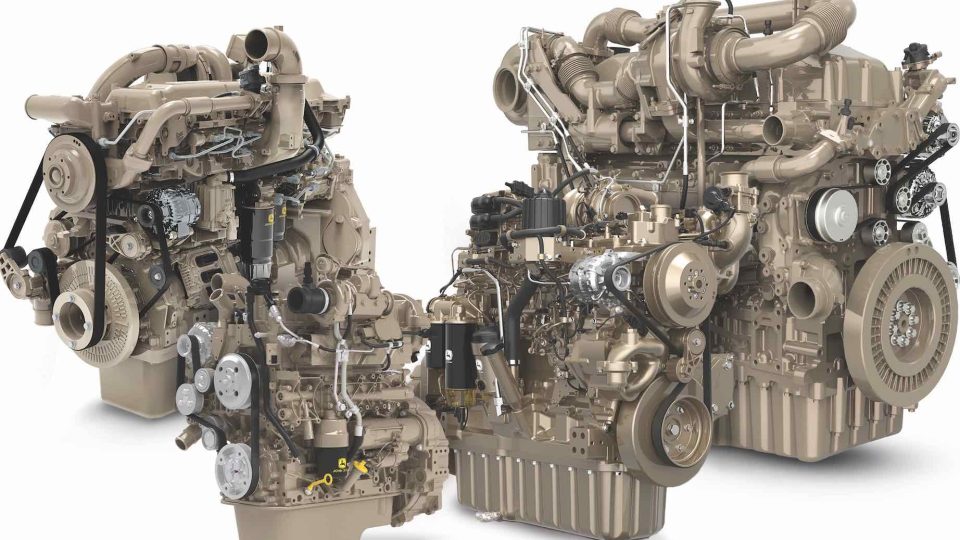Dynapac rolls electric
Bauma Munich was been the scary for Dynapac to unveil CC900 e and CC1000 e electric rollers

Dynapac presented two electric rollers, the CC900 and CC1000 at Bauma Munich. Both rollers come with all the well-known advantages electrically powered vehicles bring with them such as increased cost savings, fewer moving parts, and maintenance – while offering a powerful battery capable of completing a full day of operation without recharging.
Dynapac CC900 e and CC1000
The CC900 e and CC1000 e also deliver the same static linear load, amplitude, gradeability, and travel speed as the diesel-powered models on which they are based, with no compromise on productivity or job site performance. A typical “day in the life of a 1.6-ton roller” normally consists of repair work with hand-laying from a “spreader” or sometimes following a small-sized paver on sidewalks/ bicycle lines. This comes out to a compaction of about 70 – 80 tons of asphalt per day at a layer thickness of 40 – 50 mm. In terms of area, this is roughly about 700 m2. Based on experience, this guarantees that the battery will last for a full day of work. In 90% of the cases, about 20 – 30% of the battery level was left after the workday was over. With the fast charger, 400 Volt / 3-phase system it takes 1,3 hours to reach 80% charging level. The 230 volt/ 1-phase charger needs 6 hours to reach 80% of its charging capacity. Dynapac is additionally planning to provide adapters making it possible to also use standard car-charging stations.
The reasons of a choice
Both rollers in this segment are primarily used in road repair work and are intermittently used. With conventional diesel motors, this means that they are often left idling while the asphalt is raked into position. After compaction, the machines travel to the next repair site where they are also left idling for extended periods. With a standard diesel-powered machine, a great deal of energy and money is wasted, let alone the negative environmental impact caused by emissions. Because an electric roller doesn’t idle when not in use, the energy consumption is zero. Additionally, both models are significantly quieter than conventional ones which is significant because rollers of this size and class tend to work in urban areas where there is a need to minimize noise and emissions. . Because both electric rollers are based on the diesel-driven roller, there was a great deal of familiarity. The exact same interface and feeling in terms of handling meant that the amount of new learning necessary was almost non-existent. Benefits that they particularly enjoyed included lower noise levels, no exhaust fumes, fewer daily maintenance points, and being easy to understand and operate.







